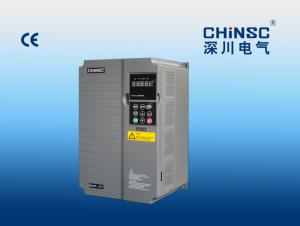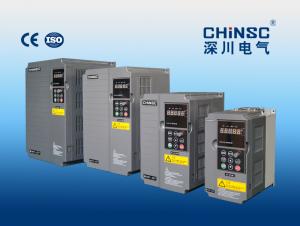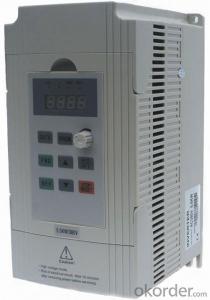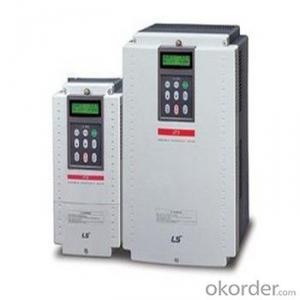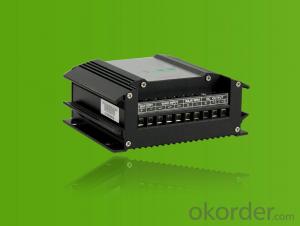3 Phase Hybrid Solar Inverter
3 Phase Hybrid Solar Inverter Related Searches
Inverter For Off Grid Solar Ct For Solar Inverter Solar Inverter For Rv Inverter For Solar Quality Solar Inverter Best Solar Inverter In Kerala 3 In 1 Solar Inverter Buy Solar Inverter In Nigeria Pcu Mode In Solar Inverter Igbt In Solar InverterHot Searches
Solar Inverter For Laptop Solar Inverter For Fridge Best China Solar Inverter China 3 Phase Solar Inverter Solar Inverter Supplier In Uae Solar Inverter In Dubai Solar Inverter In Saudi Arabia Solar Inverter In Uae Solar Inverter In Kerala Solar Inverter In Nepal Solar Inverter In Burpengary Solar Inverter In Caboolture Solar Inverter In Chennai Solar Inverter In Lebanon China 10kva Solar Inverter China Solar Inverter 1000kw China Solar Inverter 3kw China 5000w Solar Inverter China 850va Solar Inverter Solar Inverter For Fridge3 Phase Hybrid Solar Inverter Supplier & Manufacturer from China
Okorder.com is a professional 3 Phase Hybrid Solar Inverter supplier & manufacturer, offers integrated one-stop services including real-time quoting and online cargo tracking. We are funded by CNBM Group, a Fortune 500 enterprise and the largest 3 Phase Hybrid Solar Inverter firm in China.Hot Products
FAQ
- There are several types of solar inverters, including string inverters, microinverters, and power optimizers.
- The maximum AC voltage that a solar inverter can provide typically depends on the specific model and its specifications. However, most residential and commercial solar inverters provide a maximum AC voltage output of around 240 volts or 480 volts, depending on the electrical grid requirements and system configurations.
- To calculate the power output of a solar inverter, you need to multiply the DC input voltage by the DC input current to determine the input power. Then, subtract the inverter's efficiency percentage from 100, divide the input power by this efficiency factor, and you will obtain the power output of the solar inverter.
- Yes, a solar inverter can be used with concentrated solar power systems. Concentrated solar power (CSP) systems use mirrors or lenses to concentrate sunlight onto a receiver, which then converts the sunlight into heat. This heat can then be used to generate electricity through various means, including steam turbines. In order to convert this heat-generated electricity into the required alternating current (AC) for use in homes and businesses, a solar inverter is needed. Therefore, a solar inverter is an essential component in connecting and integrating the electricity generated by concentrated solar power systems into the power grid.
- A solar inverter handles voltage sags or swells in the grid by continuously monitoring the grid voltage. When a sag or swell is detected, the inverter adjusts its output voltage accordingly to maintain a stable and consistent supply of power. It does this by regulating the amount of power it injects into the grid or by temporarily disconnecting from the grid to protect itself and other connected devices. This helps to prevent damage to the inverter and ensures that the solar system can continue operating efficiently even during voltage fluctuations.
- The maximum power capacity that a solar inverter can handle depends on its specific model and specifications. In general, solar inverters can handle power capacities ranging from a few hundred watts to several megawatts, catering to various residential, commercial, and utility-scale solar installations.
- Yes, a solar inverter can be used with a grid-tied system and a battery backup. In this setup, the solar inverter will convert the DC power generated by the solar panels into AC power, which can be used to power your home or business. The excess power can be fed back into the grid, earning credits or reducing your electricity bill. Additionally, a battery backup system can be connected to the solar inverter, allowing the excess solar energy to be stored in batteries for later use during power outages or when the grid is not available.
- A solar inverter handles voltage fluctuations during grid disturbances by constantly monitoring the grid voltage. When it detects a fluctuation or disturbance, it adjusts its own output voltage accordingly to stabilize the power supply. This is done through advanced control algorithms that regulate the inverter's power conversion process, ensuring a stable and consistent voltage output despite grid instabilities.











